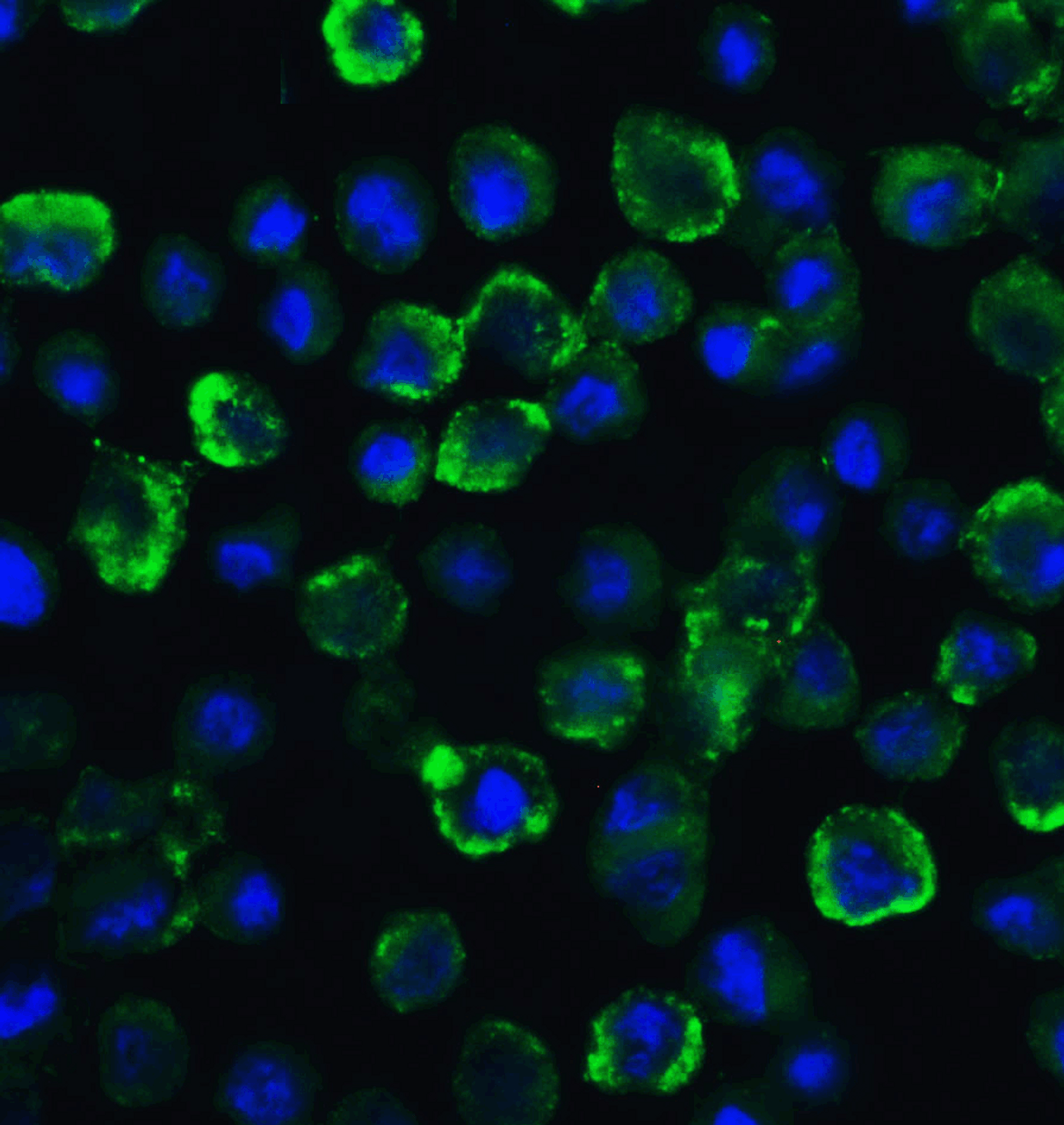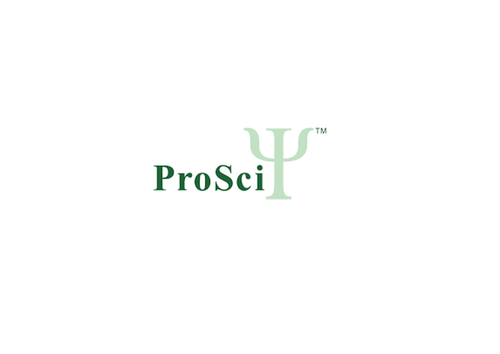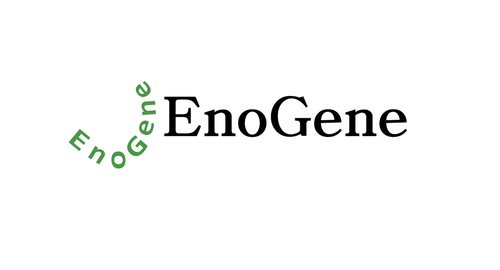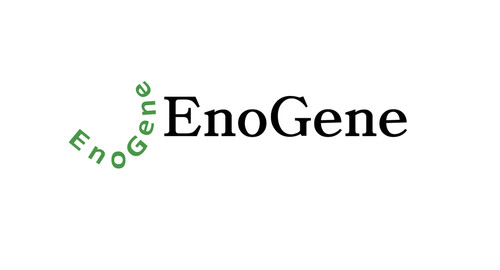Product Description
TYK2 Antibody | 7177 | ProSci
Host: Rabbit
Reactivity: Human, Mouse, Rat
Homology: N/A
Immunogen: Rabbit polyclonal TYK2 antibody was raised against a 17 amino acid peptide near the amino terminus of human TYK2.
The immunogen is located within amino acids 90 - 140 of TYK2.
Research Area: Signal Transduction
Tested Application: E, WB, IF
Application: TYK2 antibody can be used for detection of TYK2 by Western blot at 1 - 2 μg/mL. For immunofluorescence start at 20 μg/mL.
Antibody validated: Western Blot in human samples and Immunofluorescence in human samples. All other applications and species not yet tested.
Specificiy: At least three isoforms of TYK2 are known to exist; this antibody only detects the two longest isoforms.
Positive Control 1: Cat. No. 1308 - Human Small Intestine Tissue Lysate
Positive Control 2: N/A
Positive Control 3: N/A
Positive Control 4: N/A
Positive Control 5: N/A
Positive Control 6: N/A
Molecular Weight: Predicted: 131 kDa
Validation: N/A
Isoform: N/A
Purification: TYK2 Antibody is affinity chromatography purified via peptide column.
Clonality: Polyclonal
Clone: N/A
Isotype: IgG
Conjugate: Unconjugated
Physical State: Liquid
Buffer: TYK2 Antibody is supplied in PBS containing 0.02% sodium azide.
Concentration: 1 mg/mL
Storage Condition: TYK2 antibody can be stored at 4˚C for three months and -20˚C, stable for up to one year.
Alternate Name: TYK2 Antibody: JTK1, Non-receptor tyrosine-protein kinase TYK2
User Note: Optimal dilutions for each application to be determined by the researcher.
BACKGROUND: TYK2 Antibody: TYK2 is a member of the Janus kinases (JAKs) protein families. TYK2 associates with the cytoplasmic domain of type I and type II cytokine receptors and promulgate cytokine signals by phosphorylating receptor subunits and is also a component of both the type I and type III interferon signaling pathways. As such, it may play a role in anti-viral immunity. A mutation in this gene has been associated with hyperimmunoglobulin E syndrome (HIES) - a primary immunodeficiency characterized by elevated serum immunoglobulin E.
 Euro
Euro
 USD
USD
 British Pound
British Pound
 NULL
NULL
















